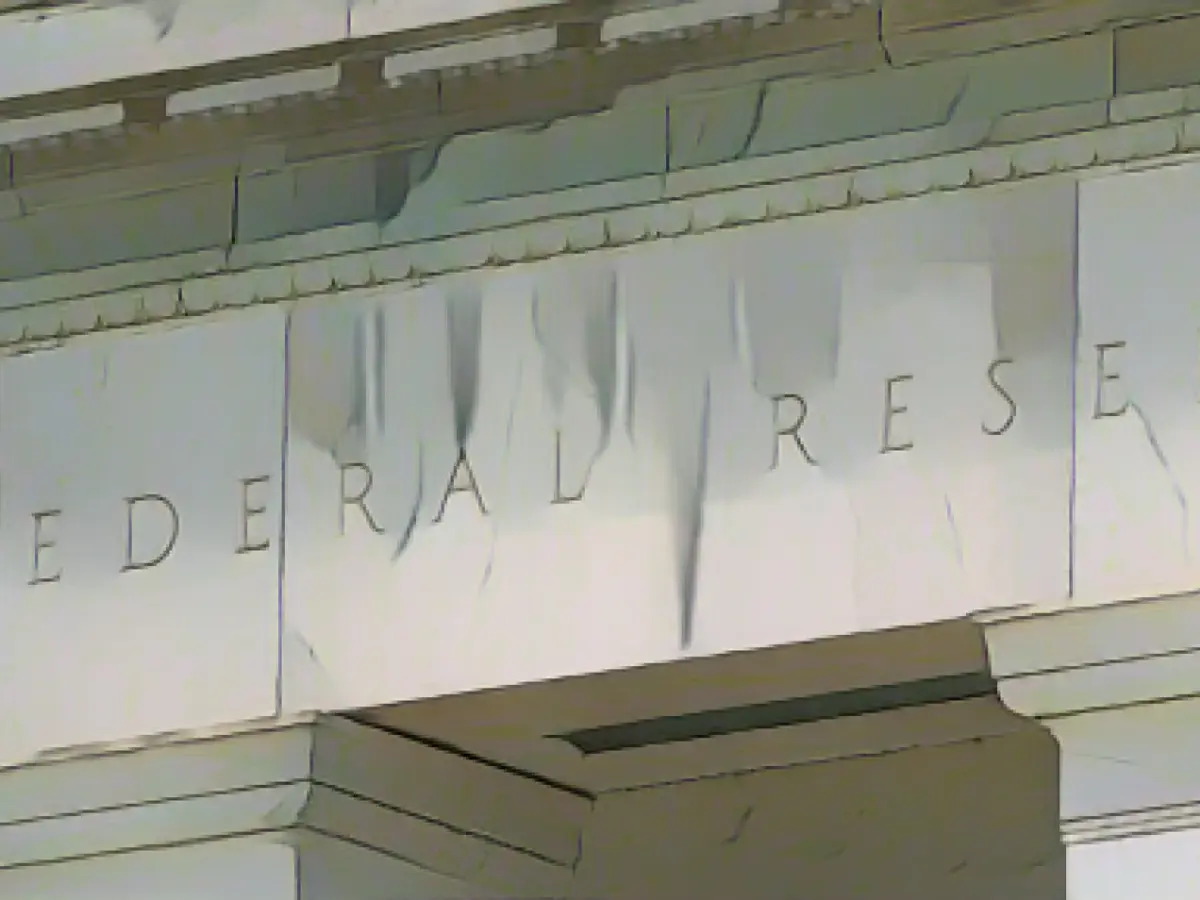The Federal Reserve, once again, kept its primary interest rate steady at a high level, resting in the range of 5.25% to 5.5% for the third consecutive time. This announcement came from the Federal Reserve Board in Washington D.C. This is the rate at which banks can borrow money from the central bank, currently at its highest level in over two decades.
In its new economic forecast, the Fed hints at lowering rates again in the upcoming year, even more than previously anticipated. Since March 2022, the Fed has boosted the interest rate over 5 percentage points in an attempt to combat escalating consumer prices. This surge in inflation was in part triggered by the spike in energy prices following the Russian invasion of Ukraine. Although inflation remains above the Fed's target, it has started to weaken.
Inflation in the United States slowed down marginally in November, as per the US Department of Labor's report issued on Tuesday. Consumer prices saw an increase of 3.1% compared to the same month the previous year. This is a decrease from October's rate of 3.2%.
Central banks, like the Federal Reserve, are traditionally tasked with keeping inflation in check, aiming for medium-term price stability with an inflation rate of 2%. The Fed recently published new estimates indicating a slightly lower inflation rate for the upcoming year compared to the previous assumption. The inflation rate is projected to average 2.4% for 2023 (previously 2.5%). For 2024, the Fed expects an inflation rate of 2.8% (previously 3.3%).
Core inflation, or inflation excluding food and energy prices, is predicted to be 3.2% this year and 2.4% in 2023. Financial analysts follow this figure closely as it reflects the general price trend better than the overall rate, with volatile components excluded.
As the Federal Reserve tightens the screws on interest rates to dampen demand, there's a risk of hindering the economy's growth. If interest rates rise, the cost of loans increases, reducing borrowing and ultimately slowing down growth. At the same time, stifling the economy carries risks. Christmas sales may likely provide an additional boost to the economy.
The Fed now anticipates slightly lower economic growth for the approaching year than it had previously forecast. The United States' gross domestic product (GDP) will expand by 1.4% in 2024 (a decrease of 0.1% compared to September's projection).
Fed Chairman Jerome Powell reiterated that the central bank shouldn't declare victory in the fight against high inflation too early. As a result, no interest rate cuts were on the table following the November meeting. Going forward, the Fed predicts an average key interest rate of 4.6% for 2025 (previously expected to be 5.1%).
Sources:
Enrichment Data:
- The current interest rate set by the Federal Reserve is within the target range of 4-1/4 to 4-1/2 percent for the federal funds rate, as of the latest meeting on February 19, 2025.
- The median view of FOMC members projects fewer rate cuts for 2025, with only 50 basis points (bps) of rate cuts anticipated.
- Inflation remains elevated, which is a key factor in the FOMC's decision-making process.
- Higher interest rates are designed to weigh on inflation by reducing borrowing and spending, thereby slowing down economic activity.
- The FOMC is attentive to the risks to both sides of its dual mandate (maximum employment and price stability) and will continue to monitor the implications of incoming information for the economic outlook.








